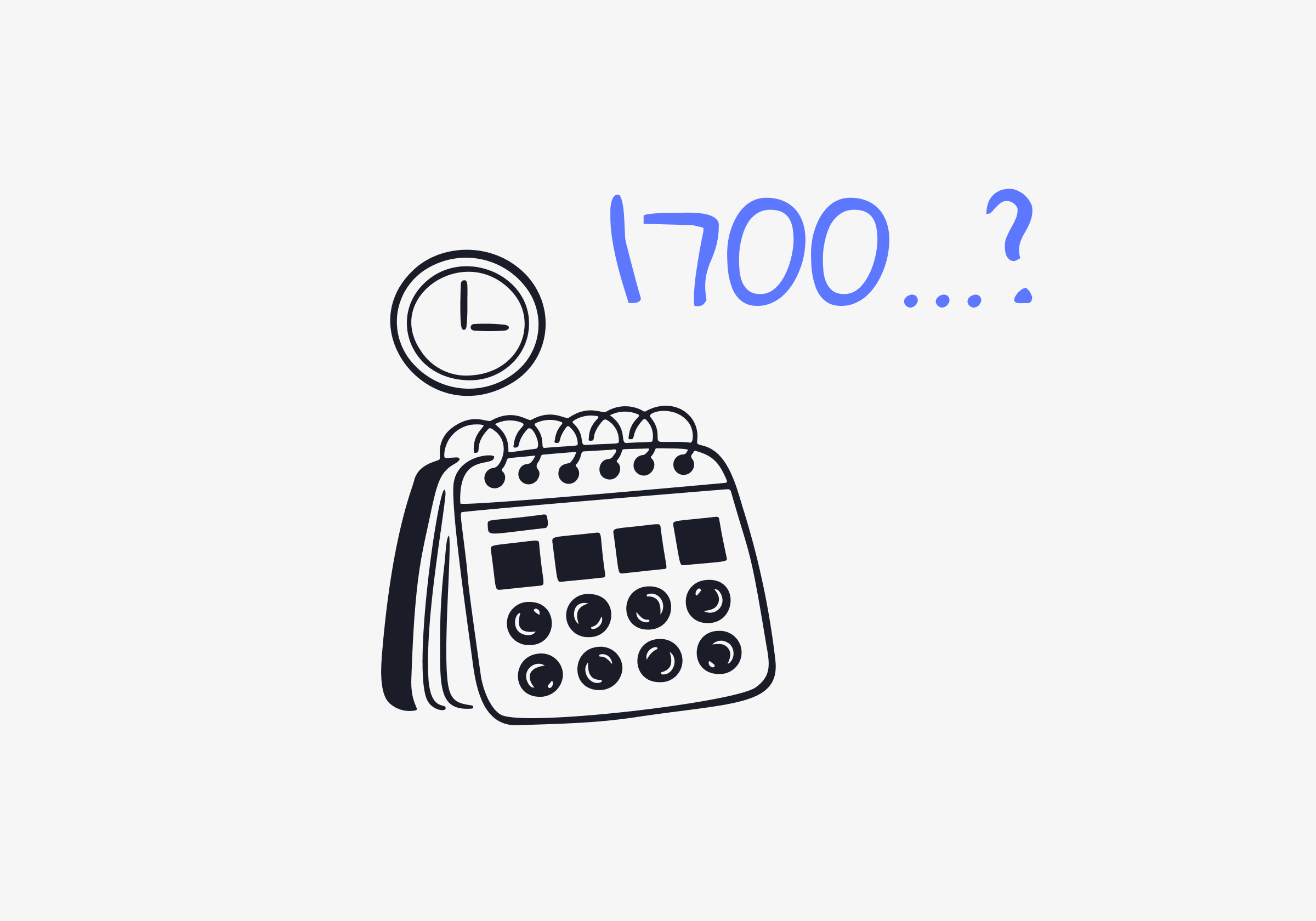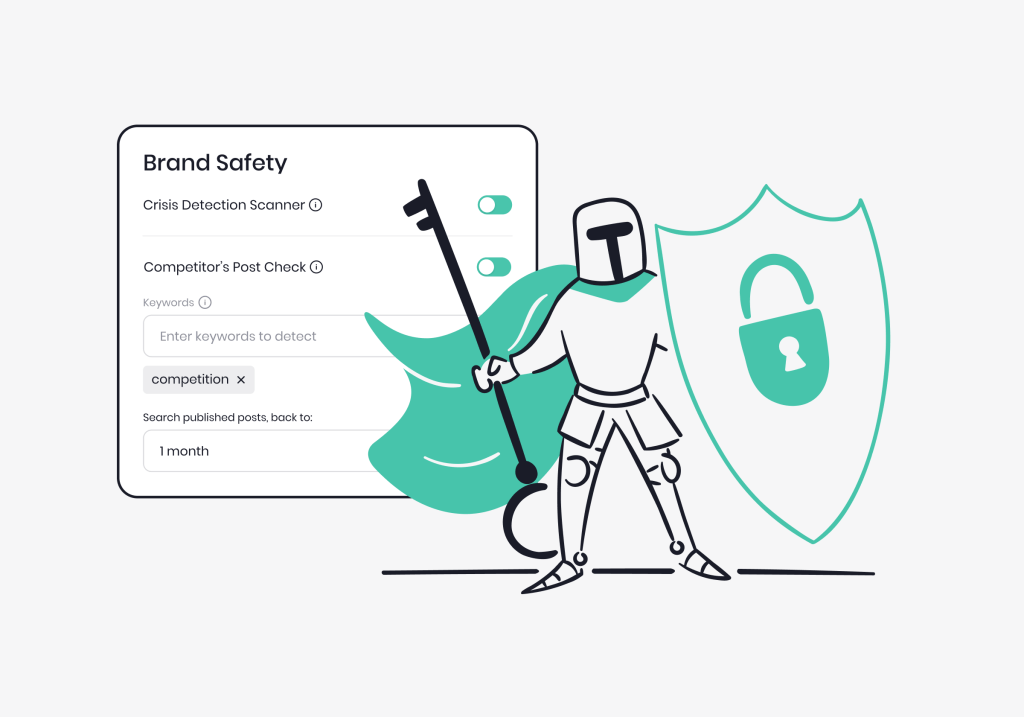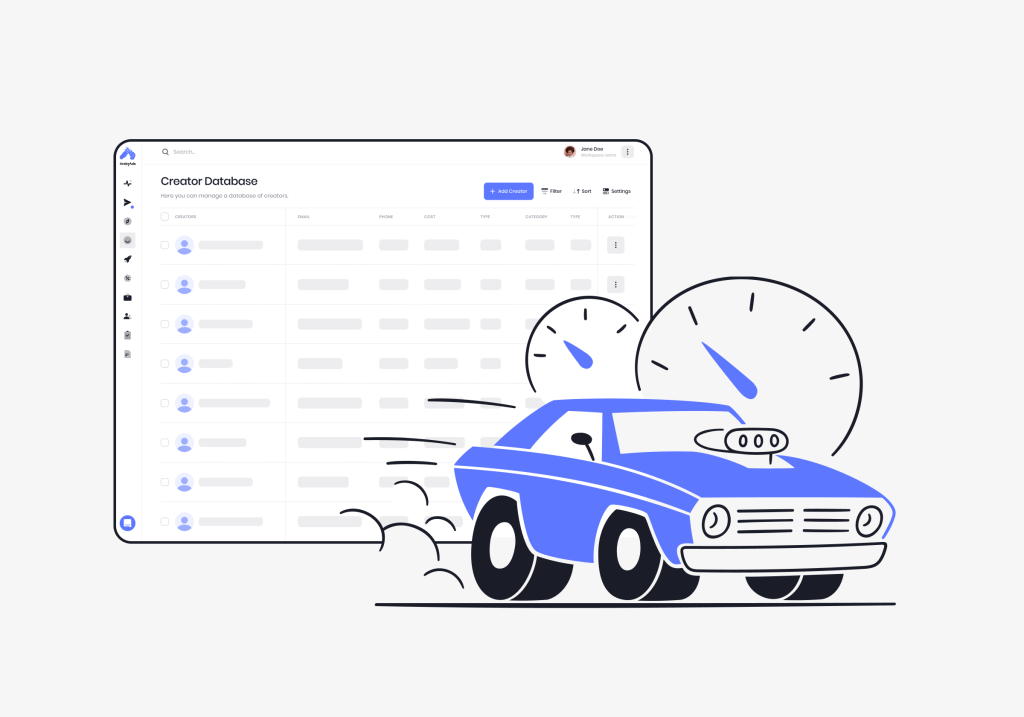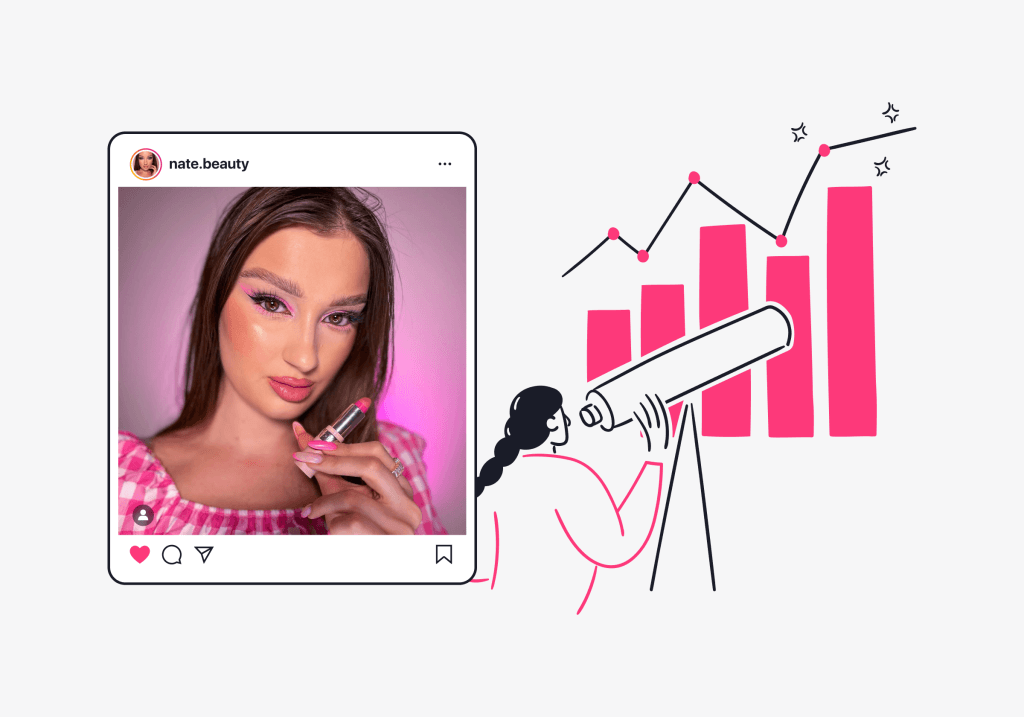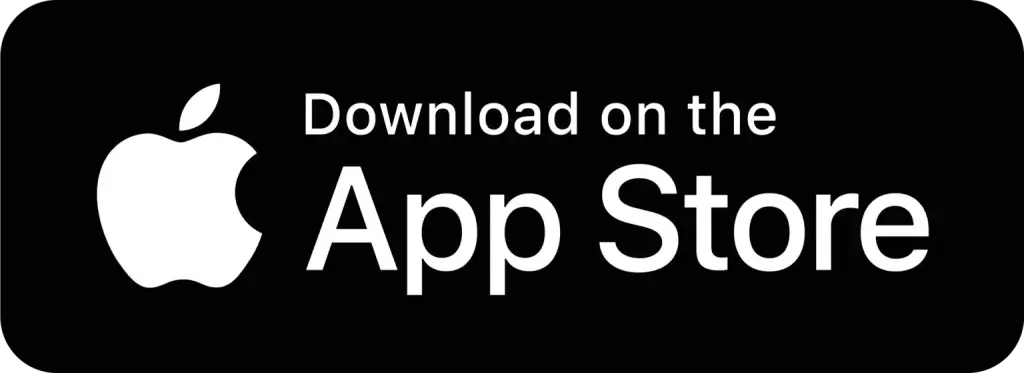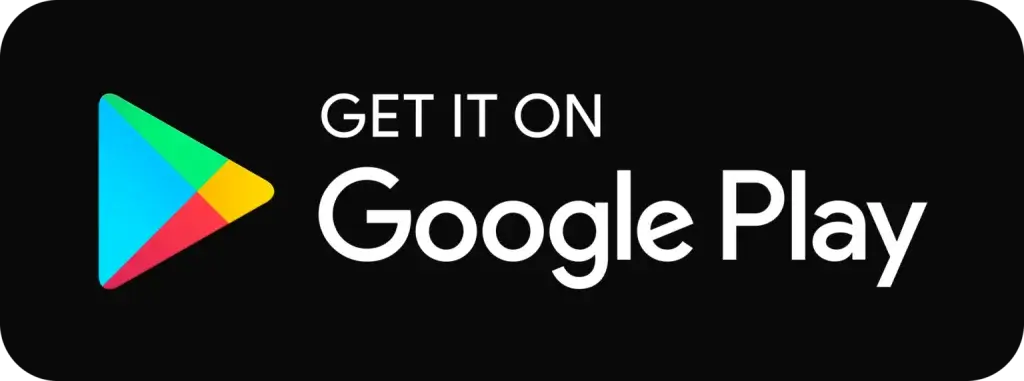Google prefers it too
A Lot of talent agencies and multi-channel networks popped up in the blink of an eye during this time. They worked with the most recognizable influencers on the Internet and helped them to co-operate with brands who were seeking for a new quality of advertising.
|
In 2016, Google launched Google Preferred advertising program aimed for the advertisers who wanted to cooperate with the biggest vloggers on YouTube. Pre-roll ad format, interest segmentation and close fits to the chosen target groups were pretty successful (if we don’t count i.e. PewDiePie anti-semitic scandal), but – there was a one huge downside.
Those advertisements were really expensive – see Lilly Singh’s cooperation with Coca-Cola or Michelle Phan’s contract with Lancome – so not every brand could use it. Moreover, big Influencer Stars didn’t have the engagement rates you might imagine. To be honest, they were quite poor.
Celebrities? So last Millenia…
At the same time, Facebook launched the system of recommendations for places, restaurants and businesses. Thanks to this, FB could start selling products via its own platform. Also campaigns like #Readtolead started engaging people to endorse items and recommend them to their friends and followers.
In 2016 also Southest Airlines conducted the campaign #SouthwestPassport, engaging slightly less-known influencers. Marriot, on the other hand, has embraced some Millennials, and let them take over its Snapchat company profile for a month. Both campaigns were a huge success and got a really good market response.
|
This was when indaHash saw a big potential among so-called mid-tier influencers (1000 – 100 000 followers) and created an international technology platform that automates content marketing campaigns with them on Instagram, Facebook and Snapchat.
Its success is clear through its growth with over 300k influencers cross 70 global markets working on campaigns for the likes of Coca Cola, Google and McDonalds.
